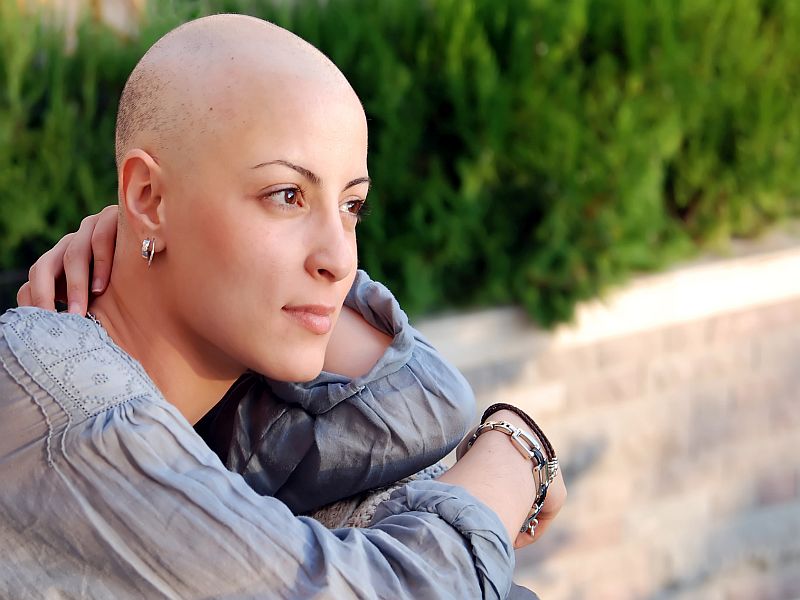
Cancer death rates in the United States have dropped 25 percent since the early 1990s, a new report reveals.
The finding was drawn from the American Cancer Society’s latest cancer incidence and mortality estimates, which indicate that in 2017, close to 1.7 million Americans will be diagnosed with cancer and about 600,000 U.S. cancer patients will die.
“The drop in cancer mortality is primarily the result of large declines in the four major causes of cancer death — lung, colorectal, breast and prostate — which account for almost half of all cancer deaths,” noted report author Rebecca Siegel. She is strategic director for surveillance and health services research at the cancer society.
“This progress is driven by declines in smoking prevalence beginning in the 1960s, and improvements in the early detection of cancer and cancer treatment,” Siegel explained.
The result: There are about 2 million fewer cancer deaths than would be expected if cancer death rates had remained at their peak.
Not everyone has benefited equally, however. Siegel noted that although men are still more likely to be diagnosed with and die from cancer compared to women, men’s overall risk for developing a cancer has fallen, while the rate for women is unchanged.
The decrease in cancer death rates among men “is because of large declines for the top three cancers — prostate, lung and colorectal — which account for more than 40 percent of cancers diagnosed in men,” she explained.
By contrast, rates for the two cancers that account for nearly 40 percent of all cases among women — breast and uterine (endometrial) cancer — remained steady. Additionally, thyroid cancer incidence among women rose almost 5 percent a year, while lung cancer dropped only half as fast in women as in men.
The report contains data compiled by the U.S. National Program of Cancer Registries, the North American Association of Central Cancer Registries, and the U.S. National Center for Health Statistics. It was published Jan. 5 in CA: A Cancer Journal for Clinicians.
The investigators found that the cancer death rate hit its peak in 1991, before beginning a steady slide of roughly 1.5 percent per year among both men and women through 2014.
At the same time, cancer diagnoses fell about 2 percent per year among men, while holding steady among women.
Even so, men remain 20 percent more likely to develop cancer and 40 percent more likely to die from it than women, the findings showed.
The researchers said this is due to a greater prevalence of cancer risk factors among men. For example, men drink and smoke more than women, and those habits likely drive a three times greater risk for liver cancer among men, as compared with women.
Racial gaps also exist, though not quite as marked as in the past. While black men were 21 percent more likely to die from cancer than white men in 2014, that figure is a big improvement on 1990, when black men faced a 47 percent higher odds of cancer death.
Similarly, the report found that for black women those same figures fell from 20 percent in 1998 to 13 percent by 2014.
As to why, the study authors suggested that the Affordable Care Act (ACA) — also known as Obamacare — may have had a lot to do with it, given that the percentage of black Americans who remain uninsured plummeted from 21 percent in 2010 (before Obamacare was passed) to just 11 percent by 2015.
“Hopefully, this success will not be reversed by the new incoming administration and the determination of many lawmakers to repeal the ACA,” said Siegel.
Meanwhile, Dr. Tomasz Beer, chair of prostate cancer research and deputy director of the Knight Cancer Center at Oregon Health and Science University in Portland, described the report as both “good news” and “a call for continued action.”
According to Beer, “The steady declines in cancer mortality which we have seen year after year in recent years have added up to a big decline over the last couple of decades.
“Rapid decreases in racial disparities are encouraging, and demonstrate the power of harnessing state-of-the-art knowledge to cancer prevention and cancer care for Americans of all backgrounds,” he added. “But more work needs to be done to eliminate disparities and to bring down the burden of cancer for all.”
The bottom-line, said Beer: “We are on the right track on the journey to extinguishing the scourge of cancer, but much work remains to be done to get to the destination.”
More information
Visit the U.S. National Cancer Institute for more on cancer deaths.
Source: HealthDay

Leave a Reply